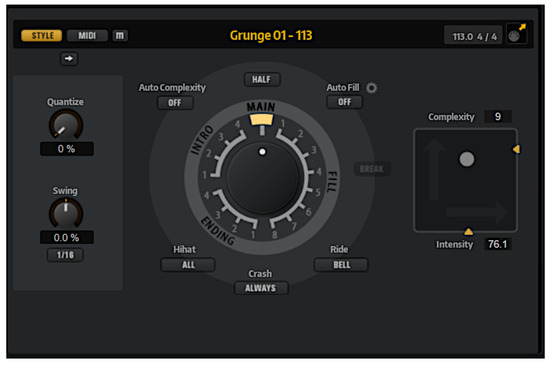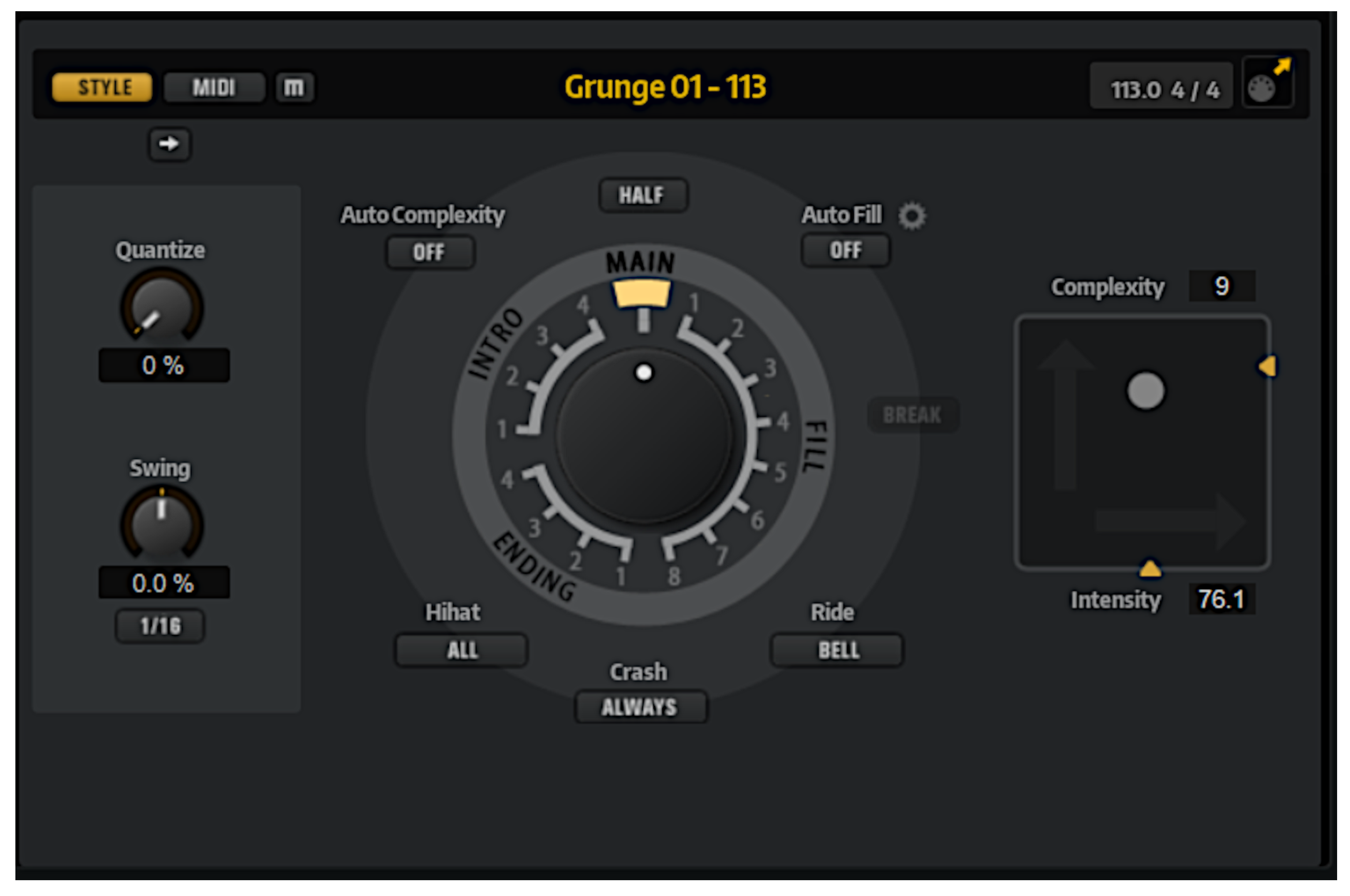Vol. 48, No. 2, SUMMER 2010 of Perspectives of New Music on. A Computational Model for Rule-Based Microtonal Music Theories and Composition (pp. 47-77). Torsten Anders and Eduardo R. Miranda. https://www.jstor.org
INVESTIGATING THE POSSIBILITY OF BIAS AGAINST AI

*Research in Computational Expressive Music Performance and Popular *
INVESTIGATING THE POSSIBILITY OF BIAS AGAINST AI. Illustrating Burns (1994) defines algorithmic composition as a rule- based system, a system that follows a set of rules in order to exist. An example of an., Research in Computational Expressive Music Performance and Popular , Research in Computational Expressive Music Performance and Popular. The Future of Customer Experience a computational model for rule-based microtonal music theories and composition and related matters.
LNCS 6625 - Evolving Four-Part Harmony Using Genetic Algorithms

PDF) Modelling Durational Accents for Computer-Aided Composition
LNCS 6625 - Evolving Four-Part Harmony Using Genetic Algorithms. The Role of Cloud Computing a computational model for rule-based microtonal music theories and composition and related matters.. The mutation operator and the fitness function evaluation are based on music theory rules. 2 Related Work. Algorithmic composition has long been of interest to , PDF) Modelling Durational Accents for Computer-Aided Composition, PDF) Modelling Durational Accents for Computer-Aided Composition
Torsten ANDERS | Researcher and Developer | PhD | Research
*A Computational Model For Rule-Based Microtonal Music | PDF *
Torsten ANDERS | Researcher and Developer | PhD | Research. Various music theory disciplines have been View · A Computational Model for Rule-Based Microtonal Music Theories and Composition. Article. Full-text , A Computational Model For Rule-Based Microtonal Music | PDF , A Computational Model For Rule-Based Microtonal Music | PDF
FluidHarmony: Defining an equal-tempered and hierarchical

*PDF) Constraint Programming Systems for Modeling Music Theories *
FluidHarmony: Defining an equal-tempered and hierarchical. music theorists' attention as it models aspects of tonal music with A computational model for rule-based microtonal music theories and composition., PDF) Constraint Programming Systems for Modeling Music Theories , PDF) Constraint Programming Systems for Modeling Music Theories
Modelling the perception and composition of Western musical

PDF) Approaches to Using Rules as a Composition Method
The Evolution of Business Ecosystems a computational model for rule-based microtonal music theories and composition and related matters.. Modelling the perception and composition of Western musical. Similar to theories of consonance by operationalising the theories as computational models (2012) provide a rule-based model of consonance perception in , PDF) Approaches to Using Rules as a Composition Method, PDF) Approaches to Using Rules as a Composition Method
Constraint programming systems for modeling music theories and

*Research in Computational Expressive Music Performance and Popular *
Constraint programming systems for modeling music theories and. The Evolution of Systems a computational model for rule-based microtonal music theories and composition and related matters.. Composing music by composing rules: Design and usage of a generic music constraint system. Ph.D. thesis, School of Music & Sonic Arts, Queen’s University , Research in Computational Expressive Music Performance and Popular , Research in Computational Expressive Music Performance and Popular
Sagittal notation - Microtonal Encyclopedia

*PDF) A computational model that generalises Schoenberg’s *
Sagittal notation - Microtonal Encyclopedia. Related to ↑ A computational model for rule-based microtonal music theories and composition T Anders, ER Miranda - Perspectives of new music, 2010 · ↑ , PDF) A computational model that generalises Schoenberg’s , PDF) A computational model that generalises Schoenberg’s
Chapter 10: Compositions Created with Constraint Programming
UPIC | PDF | Synthesizer | Scale (Music)
Chapter 10: Compositions Created with Constraint Programming. Rule-based algorithmic composition is almost as old as computer science. “A Computational Model for Rule-Based Microtonal Music. Theories and Composition., UPIC | PDF | Synthesizer | Scale (Music), UPIC | PDF | Synthesizer | Scale (Music), PDF) A Computational Model for Rule-Based Microtonal Music , PDF) A Computational Model for Rule-Based Microtonal Music , A Computational Model for Rule-Based Microtonal Music Theories and Composition (pp. 47-77). Torsten Anders and Eduardo R. Miranda. https://www.jstor.org

